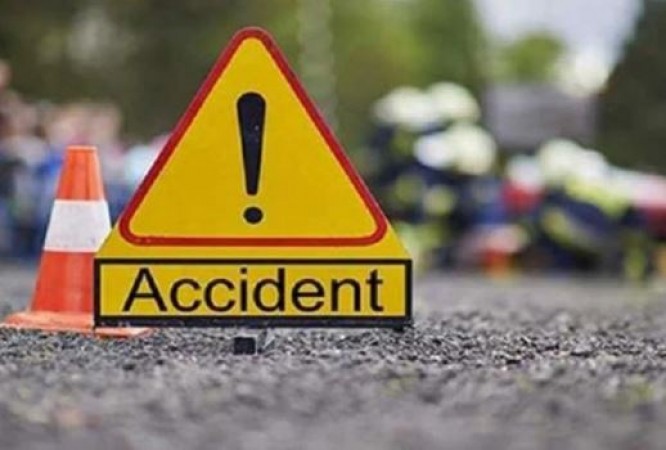
The Ministry of Road Transport and Highways, Government of India has taken a major decision to prevent increasing road accidents due to over-speeding. In fact, recently, the government has now set some new standards for the tyres used in vehicles. At the same time, the time has also been fixed for implementing the new design and the standard for existing tyres. According to the information received, the newly designed tyres will be produced as per the new norms from October 1. Not only this, but these standards in the existing tyres will be effective from April 1, 2023, in respect of which a notification has been issued.
Let us tell you all that every year about 85,616 road accidents in the country are due to overspeeding, of which about 32,873 people die. Yes and one of the major reasons for these accidents is due to the over-speeding of the existing available tyres due to the hot burst or slip when the brakes are applied. However, the Ministry of Road Transport is constantly making efforts to reduce such accidents and keeping this objective in mind, the Ministry has fixed two different standard tyre rolling resistance, wet grip and rolling sound for tyres and also set a time frame for the implementation of both.
In fact, the Ministry of Road Transport and Highways has issued a new notification amending Rule 95 of the Central Motor Vehicles Rules, 1989, under which rolling resistance for tyres coming to C1 (passenger car), C2 (light truck) and C3 (truck and bus) as per motor vehicle industry standards 142:2019, Wet grip and rolling sound emissions have been made mandatory. Yes and this tyre will emit wet grip, rolling resistance and rolling sound to meet the limits of stage 2.
In fact, the rolling resistance of tyres has an impact on the fuel efficiency of vehicles and the purpose of the wet grip is to improve the quality of braking systems and promote the safety of vehicles by increasing the friction between the wet road and the tyres. In such a situation, the rolling sound emission is related to the sound emanating from the contact between the road and the surface of the tire in the event of high speed. At the same time, after the implementation of the new standards, the driver's control over the vehicle will not be reduced when suddenly braking is applied and will also reduce the chances of slipping when the tire is heated and bursting or getting wet.
'India will also be made Pakistan,' now they have received threats